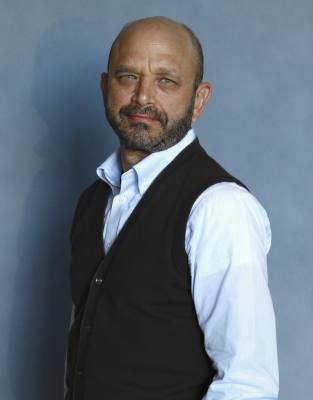Two major multiuse developments are on the Bee Cave City Council agenda for July 13.
First, City Council will consider a preliminary plat for the 35-acre The Backyard multiuse development that would be built just west of Bee Cave’s Central Park along Bee Cave Parkway.
A representative for developer JPD Backyard Finance LLC stated earlier this year that project planners were looking for a late summer start to construction, which would culminate in an estimated spring 2024 initial opening.
The Backyard will feature a 3,700-seat Live Oak amphitheater, a dance hall, shops, parking garages and an additional segment of an envisioned city roadway currently referred to as Willie Way. An existing Willie Way segment opened earlier this year to motorists from Bee Cave Parkway to Ladera Boulevard.
The preliminary plat for The Backyard proposes the 35 acres be divided into four lots, the largest of which would be 14.3 acres and run adjacent to Bee Cave’s Central Park, according to draft documents filed with the city of Bee Cave in June. The plat also features an intersection of Willie Way to another proposed roadway tentatively named Live Oak Lane.
Another highlight of the July 13 meeting includes City Council consideration and a public hearing for the creation of a public improvement district, or PID, for a second major development, the 80-acre Village at Spanish Oaks.
The developers, CCNG Real Estate Investors II, LP, are seeking the PID as a way to fund up to $25 million in improvements to the property, according to documents filed with the city of Bee Cave. Examples of eligible PID improvements include streets, sidewalks, parking areas, and public spaces such as libraries and parks, according to the Texas Municipal League.
The improvements would be funded by bonds issued by the City of Bee Cave. However, critically important to the creation of the PID, installments on the bonds are paid using an assessment against properties only within the PID. Those properties paying the assessments directly benefit from the improvements, and assessments are designed to end once the bonds are paid off.
Even if the City Council were to vote by resolution to agree to a PID following the July 13 public hearing, more steps are needed before the PID is authorized. The PID cannot be created until at least 20 days following council action, and this typically takes place after notice of such a district is made public in a local newspaper, according to city documents and information provided by the Texas Municipal League.





